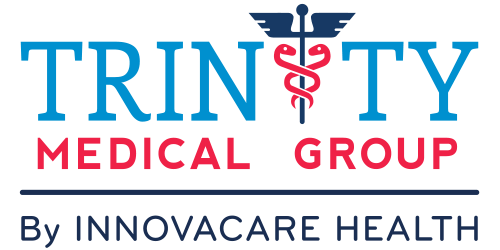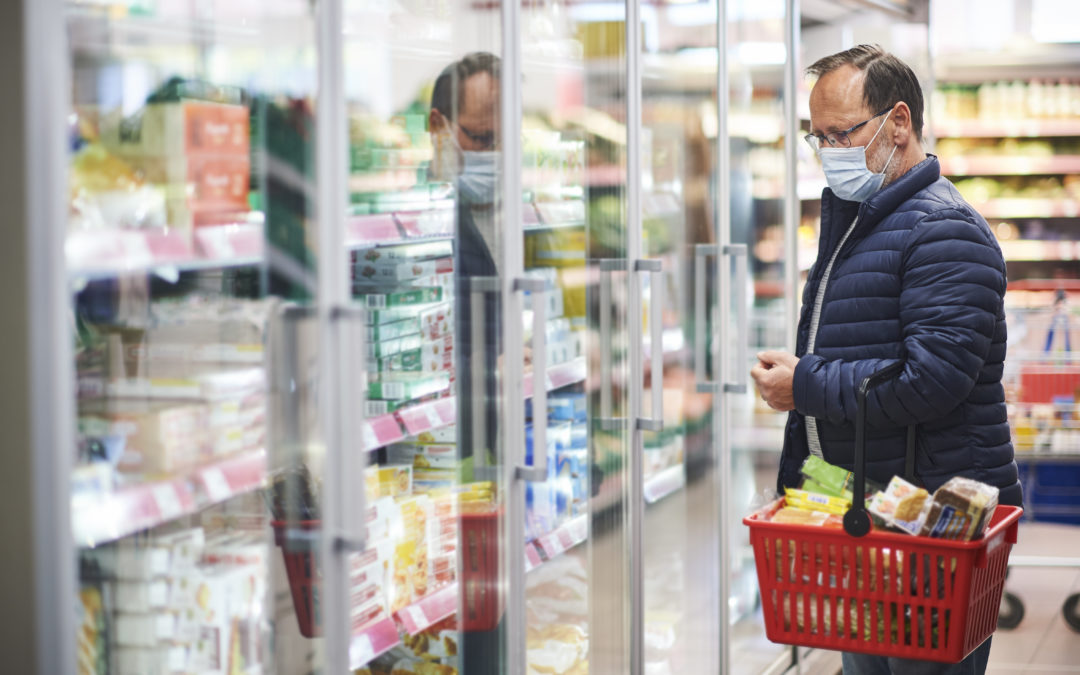How Wearing a Mask Helps Reduce Chance of Diseases
Since March, when COVID-19 first started its rapid spread in the United States, several health organizations have shared the importance of wearing masks to prevent the spread of the virus. The World Health Organization (WHO), the Centers for Disease Control and Prevention (CDC), and even The Joint Commission, the organization that provides oversight to hospitals and medical practices, have all urged Americans to wear masks when in public.
How does a mask help prevent the spread?
Mask wearing has a two-fold benefit. When someone wears a mask, they are primarily preventing the germs from the saliva in their mouth and the germs in their nose spread into the air. The mask traps most of these germs, protecting other people around them when they speak, cough, or sneeze. The mask can also provide a level of protection against germs in the air from getting into their mouth or nose.
Different types of masks provide different protection
There are several varieties of masks available, most only available to the medical community. You’ve likely heard of N95 and surgical masks. Both of these types of masks are commonly used in a medical setting. Health care practitioners have to wear these types of masks because they are frequently interacting with sick patients.
- N95 Mask – A mask that can filter out 95% of the particles in the air. It filters large droplets and tiny droplets. N95 masks sometimes have a valve for breathing through. To ensure they work properly, a professional must fit these masks. Like surgical masks, they are disposable.
- Surgical mask – A fitted disposable mask worn by health care practitioners when they need to be in a sterile setting. These masks filter larger particles.
For people that do not work in healthcare and want to take the precaution of wearing a mask when they go out in public, these professional masks are not required. A simple fabric mask will provide adequate protection during everyday interactions at places like grocery stores, restaurants, and other indoor public places. They are highly recommended to help prevent the spread of a viral illness by people that may be asymptomatic or do not realize that they have the virus.
When combined with hand washing and social distancing, masks can add an additional layer of protection and have shown to reduce the spread of illnesses in places that they are used. Masks are inexpensive, easy to find, and can even be easily made using simple materials that you can find around your home. Be safe, be smart, and mask up!
Resources:
AARP Reasons to Wear A Mask: https://www.aarp.org/health/conditions-treatments/info-2020/reasons-for-masks.html
WHO Mask Guidelines: https://www.who.int/emergencies/diseases/novel-coronavirus-2019/advice-for-public/when-and-how-to-use-masks
CDC Guidelines on Masks: https://www.cdc.gov/coronavirus/2019-ncov/prevent-getting-sick/cloth-face-cover-guidance.html
________________________________________________________________
This article provides information on general health and health-related subjects. The information and other content provided by this article, or in any linked references, is not intended as a substitute for professional medical expertise and should not be used to replace the advice of your own healthcare provider.
If you or any other person under your care has a medical concern, consult with your health care provider or seek professional medical treatment. Do not disregard professional medical advice or delay in seeking treatment because of something read in this article or in any linked materials.
If you think you are experiencing a medical emergency, call your doctor or dial 911 for immediate emergency services.

 Call Lakeland
Call Lakeland
